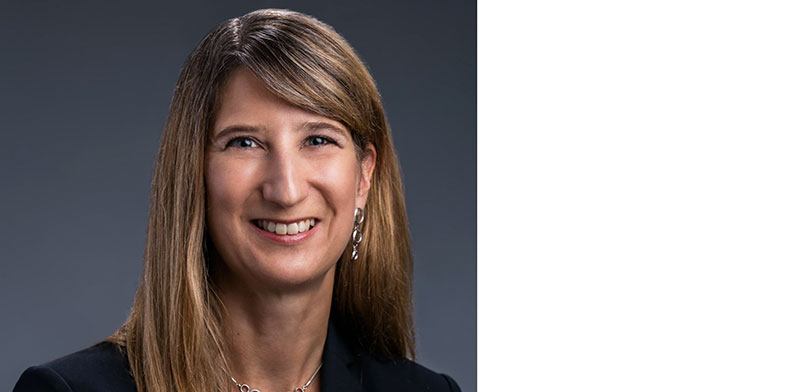End-user computing is a critical IT-related topic for the media industry today. Leostream’s Karen Gondoly shares key insights and predictions regarding where this category is headed in 2024.

Image by marymarkevich on Freepik
CEO of Leostream, Karen Gondoly is an expert in the area of end-user computing, one of the most critical IT-related topics for people working in media today. Here, Karen shares several key insights and predictions regarding the direction this category is headed over the next year.
Leostream develops a remote desktop access platform used to deploy large-scale virtual desktop infrastructure and desktop-as-a-service projects. Karen, with extensive skills in software development, GUI design and usability, writes widely on hosting resources in the datacentre and actively supports innovation in desktop virtualisation.
End-user computing (EUC) is the tools and processes needed to give users secure, remote access to applications, desktops and data. Businesses use EUC to set up and manage remote workstations and other infrastructure, allowing staff to work from home or wherever they are, across multiple devices. Users access internal services and applications from devices managed or hosted in secure facilities, and those resources can be scaled up or down depending on demand, to keep initial investment low. Because the devices only stream pixels to endpoints, users can keep their critical data secure in a datacentre, not stored on an end-user’s system.
Starting at the AI End
Karen’s predictions for the coming year start with AI, which has become a major topic at many companies. “Everyone is considering how they will leverage AI in their workplace or everyday life, and people are talking about the policies around that use,” she said. “For 2024, organisations will clarify how their employees access AI with an eye on isolation. Tools that allow organizations to isolate corporate data and personally identifiable information, as well as control and monitor which users can access generative AI tools, will expand in scope, and end-user computing will take on a life as end-user AI.

Everyone Gets a GPU
Somewhat related, and already a trend, more and more segments of the end-user computing clientele will demand GPUs, putting stress on capacity in public clouds, increasing prices and leading to longer lead times for hardware. Karen said, “For end-user computing, that means potentially focusing on display protocols that can leverage and optimise GPU usage. But, giving everyone a GPU and a high-performance display protocol is pricey, and seeing what solution rises to the top remains a mystery that perhaps 2024 will solve.”
ESG Goals
Karen has also noticed that more organisations are taking a closer look at how they are investing in and solving three persistent concepts in the workplace today – diversity, technology and sustainability. Taken together, these have now become the environmental, social and governance (ESG) goals of an organisation, and many concepts of EUC fit directly into that. This concept is not new, but with a wider range of options such as Microsoft 365 and Amazon WorkSpaces Core, now is as good a time as any to deploy EUC to satisfy strategic ESG goals.
The Shrinking IT Team
Karen also looks back at expectations from last year about shrinking IT teams. “Last year’s challenge now poses a real opportunity for individuals and companies who provide services to assist their clients with deploying an EUC environment,” she said. “The market is ready for additional solutions that, for example, solve specific problems, as well as for services that help smaller organisations and IT teams optimise and take better advantage of their environments. I expect to see novel solutions emerging that target the topics in the first three predictions.”

Karen Gondoly, CEO at Leostream
Users First
Karen hopes that organisations across the industry will now stop talking about VDI, virtual desktop infrastructure. “I’ve been in this industry for 15 years,” she said. “There has never been a ‘year of VDI’ and never will be, and that’s OK. Talking about virtual desktop infrastructures obscures the real problems that IT is trying to solve, which are security, performance, ease-of-management, employee supplied devices (BYOD) and many others. The focus for 2024 will be on workspaces, applications and data. Ultimately, these are the things that end-users need in their computing environment, and those can be physical, virtual or in the cloud.
“Personally, I am starting now and leaving VDI behind in preference for EUC, which puts end users ahead of the desktop. Thinking about our users, first, is the best way to move forward in 2024.” leostream.com




